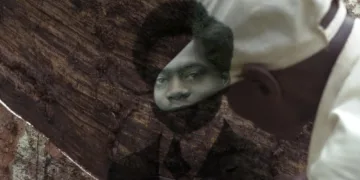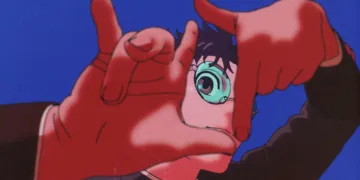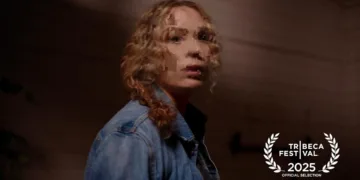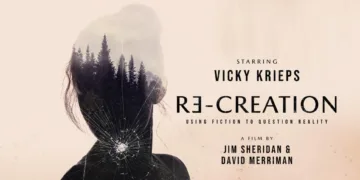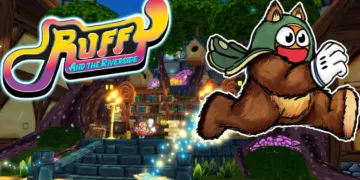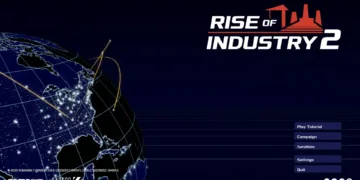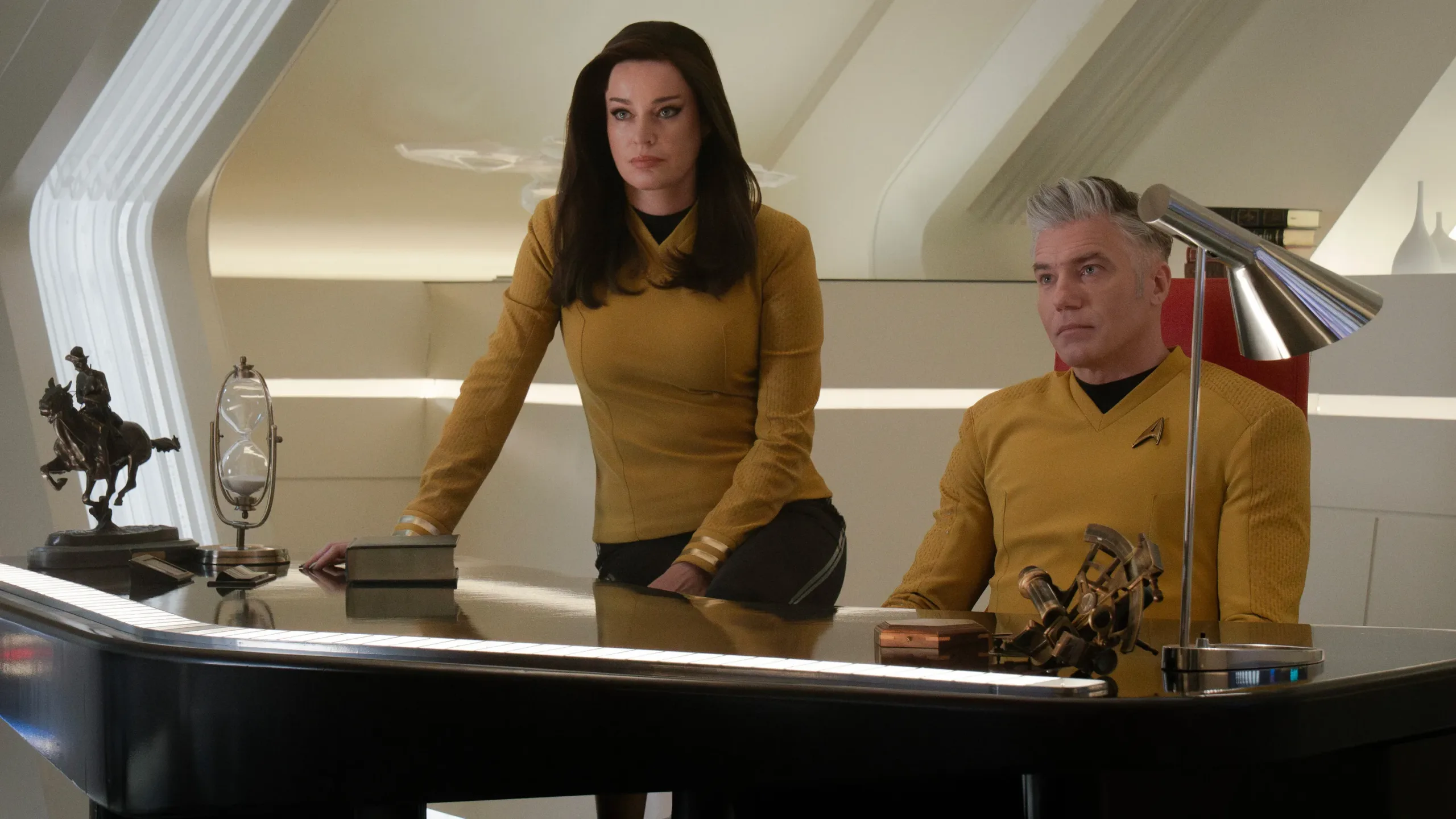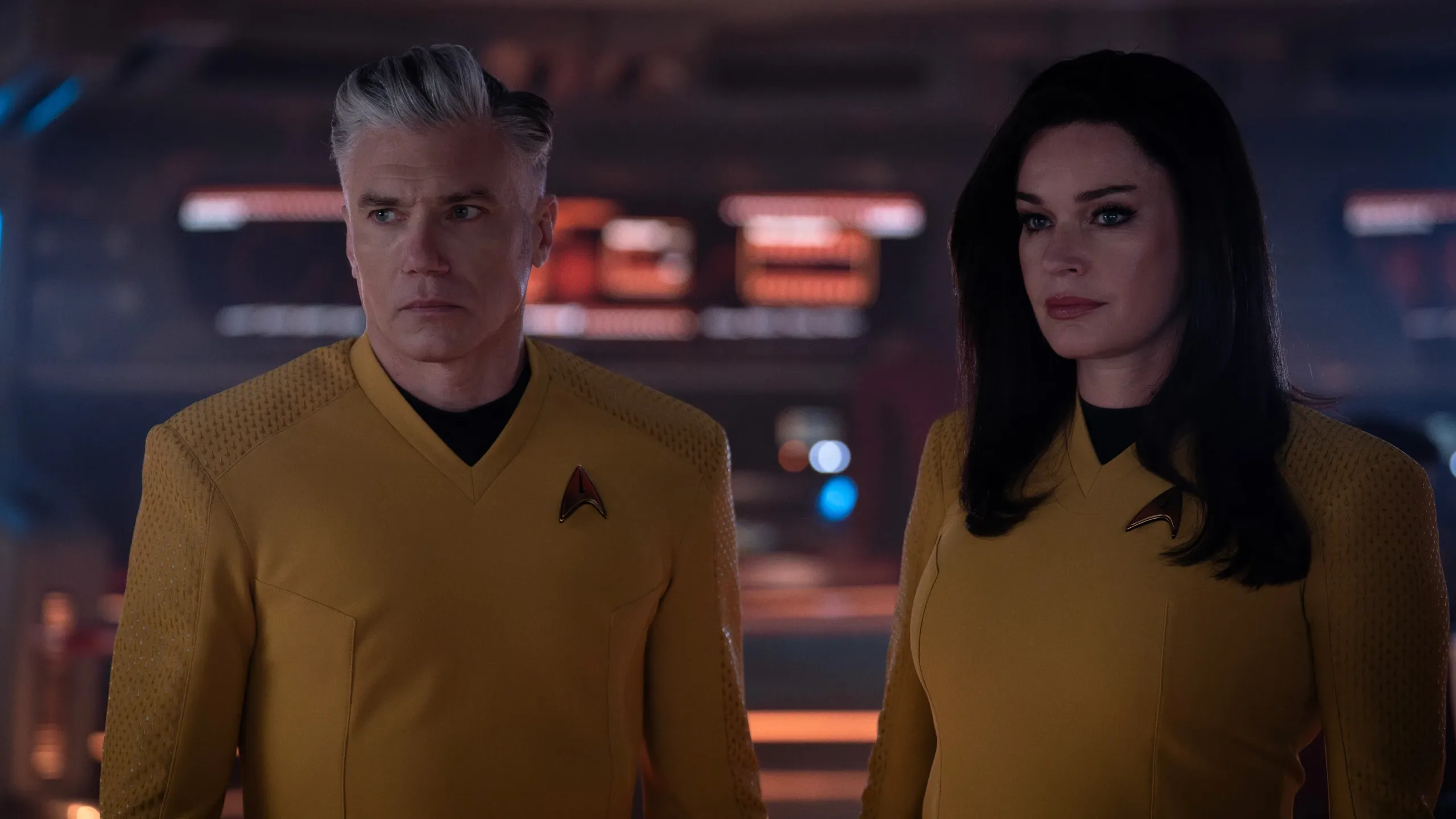After a two-year shore leave, Star Trek: Strange New Worlds returns to the screen, resuming its duties as the flagship of Paramount’s modern fleet. The series solidified its position by skillfully reviving the franchise’s foundational premise: a capable crew, led by the eminently decent Captain Christopher Pike, engaging in episodic exploration aboard the U.S.S. Enterprise in the years just before Kirk’s command. It became a fan favorite precisely because it remembered that a good space adventure didn’t always need to be a season-long referendum on the galaxy’s fate.
The third season continues this mission with a confident, almost casual swagger. It leans heavily into the playful, genre-hopping structure that has become its signature, delivering polished and often delightful installments. Yet, an unmistakable shift in narrative philosophy has occurred.
The show appears to have consciously unburdened itself of the allegorical weight that defined its own strongest episodes, and indeed, Star Trek itself. The fun remains, consistently and reliably. The question this season poses, however, is what was jettisoned to make the voyage so light. This is a safer, perhaps less challenging, journey that seems content to merely entertain when it has previously proven capable of much more.
Calculated Threats and Cautious Ideas
The season premiere’s primary function is to resolve the Gorn cliffhanger, a narrative debt two years past due. The show handles this with admirable efficiency. The solution is a piece of classic Starfleet ingenuity, a tactical maneuver that feels earned and intelligent, sidestepping a simple shootout for something more cerebral.
This resolution successfully transforms the Gorn from a legacy monster-of-the-week into a persistent, terrifying antagonist and effectively seeds future storylines rooted in the crew’s trauma. The narrative mechanics are sound. The visual execution, however, feels less inspired, often descending into a sludgy, indistinct digital mush that has become the default backdrop for modern streaming sci-fi. The peril feels real, even if the viewscreen looks generic.
Where the plotting is efficient, the thematic exploration is noticeably muted. This season seems to have misplaced the intellectual courage that produced prior high points, like the stirring courtroom defense of individual liberty in “Ad Astra Per Aspera” or the pilot’s sharp critique of a pre-warp society stumbling into self-destruction.
The show once held up a mirror to contemporary anxieties; now, it seems content to just show off its impressive starship. This feels like a calculated retreat from the topicality that gives science fiction its teeth. In prioritizing broad-appeal fun, the series has stepped back from the very thing that made it feel essential: its willingness to use the 23rd century to ask difficult questions about the 21st.
A Talented Crew Adrift in Shallow Waters
The series remains anchored by Anson Mount’s commanding yet approachable performance as Captain Pike. He brings a textured integrity to the role that has become the show’s reliable center of gravity, a leader whose humanity feels as essential as his authority.
The narrative attempts to deepen this character through his ongoing relationship with Captain Batel, but the effort reveals a structural weakness. While Melanie Scrofano performs with conviction, Batel exists less as a fully realized individual and more as a narrative device for Pike’s emotional development. She is a source of concern for him, but we are given little reason to be concerned for her on her own terms.
A similar issue of narrative utility plagues the season’s primary arc for Spock. Ethan Peck continues his remarkable work, portraying the character’s internal war between logic and feeling with a compelling, subtle physicality. Yet, the story gives him a surprisingly simplistic battlefield: a high-school-level love triangle sparked by Nurse Chapel’s return.
The resulting romantic melodrama, while occasionally amusing, feels like a profound underutilization of one of science fiction’s most complex figures. Peck is delivering a performance worthy of a philosophical treatise, but the script has him starring in a space-based rom-com.
This unevenness extends across the crew. The writers thankfully give more material to characters who have earned it. Christina Chong’s La’an is afforded a lighter, more humorous arc that feels like a natural progression from her past trauma, and Melissa Navia’s Erica Ortegas finally gets a sliver of backstory that moves her beyond just piloting the ship. The introduction of Martin Quinn’s Scotty is another bright spot, fitting seamlessly into the established ensemble.
These moments of focused development, however, only serve to highlight who is being left behind. In a frustrating turn, key legacy figures like Rebecca Romijn’s Number One and Celia Rose Gooding’s Uhura are almost entirely relegated to the background. They are present on the bridge, but their narrative journeys appear to have been paused, leaving them as little more than highly qualified set dressing.
High Concepts and Inconsistent Altitudes
The season’s creative gambles are best illustrated by its most unqualified success: a holodeck murder mystery directed by franchise veteran Jonathan Frakes. The episode is a brilliant narrative construct, operating on multiple levels simultaneously. On its surface, it is a clever Agatha Christie-style whodunnit. Beneath that, it is a playful send-up of 1960s Hollywood.
And at its core, it is an affectionate and incredibly sharp meta-commentary on the origins and tropes of The Original Series itself. It’s a story about a story, using the well-worn holodeck device not as a crutch, but as a scalpel to dissect its own legacy. The execution is masterful, a reminder of how witty and structurally ambitious this show can be when all its components align.
This high point, however, only makes the low points feel more cavernous. The show’s commitment to being a new thing each week is admirable, but the quality control on these high-concept swings varies wildly. For every inventive and genuinely tense horror episode that introduces unsettling new cosmic lore, there is a narrative misfire that feels startlingly uninspired.
A zombie-centric plot, for instance, lands with a thud, feeling like a tired trope imported from another universe entirely. A subsequent archaeological adventure, which comes across as a low-stakes escape room, is similarly forgettable. It seems that even in the 23rd century, not all creative ideas are worth resurrecting.
This is the inherent pact Strange New Worlds makes with its audience. Its identity is forged in its variety, its willingness to pivot from high-stakes drama to lighthearted farce. Yet this season, that defining strength has become a source of profound inconsistency.
The result is an uneven viewing experience that oscillates between brilliance and banality. For every bold maneuver that sticks the landing, another seems to veer dangerously off course, leaving you to wonder which version of the show will report for duty next week.
A Mission Adrift
Whatever its narrative shortcomings, Star Trek: Strange New Worlds remains a triumph of production design. The show’s budget is visible in every meticulously crafted frame, from the tangible, lived-in sets of the Enterprise to the sharp tailoring of the Starfleet uniforms.
It is a series that feels solid and expensive. This technical prowess is most evident in the realization of the Gorn, who have been successfully transformed from a campy memory into a genuinely menacing and frightening screen presence. The ship has never looked better; its heading has never been less clear.
This impressive presentation cannot mask a growing sense of narrative aimlessness. For all its week-to-week entertainment, there is a nagging question hovering over the season: What is this show trying to say now? This identity crisis is made more acute by the unforgiving structure of a ten-episode season, a format that leaves no room for underdeveloped arcs or thematic detours.
With the recent announcement that the series will conclude after its fifth season, the stakes are suddenly much higher. The show no longer has the luxury of time to figure itself out. To make its final run meaningful, this beautiful, capable vessel needs to find a clear purpose for its voyage, a narrative mandate that goes beyond simply having a good time.
Star Trek: Strange New Worlds (Season 3) Announced in March 2023, filming took place in Canada from December 2023 through May 2024, with a delayed schedule due to strikes .
Led by showrunners Akiva Goldsman and Henry Alonso Myers, the ten-episode season premieres on Paramount+ on July 17, 2025, with subsequent episodes released weekly until September 11. You can stream it in the U.S. and globally across Paramount+, with additional availability planned on TVNZ in New Zealand, Voot in India, and SkyShowtime in several European territories.
Full Credits
Director(s): Andi Armaganian, Jonathan Frakes, Dan Liu, Valerie Weiss, Sharon Lewis, Chris Fisher, Jordan Canning, Maja Vrvilo, Andrew Coutts
Writers: Akiva Goldsman, Henry Alonso Myers, Jenny Lumet
Producers: Andrea Raffaghello
Executive Producers: Akiva Goldsman, Henry Alonso Myers, Alex Kurtzman, Jenny Lumet, Heather Kadin, Aaron Baiers, Frank Siracusa, John Weber, Rod Roddenberry, Trevor Roth
Cast: Anson Mount, Ethan Peck, Rebecca Romijn, Jess Bush, Christina Chong, Celia Rose Gooding, Melissa Navia, Babs Olusanmokun, Martin Quinn, Paul Wesley, Carol Kane, Cillian O’Sullivan, Melanie Scrofano, Dan Jeannotte, Rhys Darby, Patton Oswalt
Director of Photography (Cinematographer): Glen Keenan
Editor: Andrew Coutts
Composer: Nami Melumad (series composer) — with theme by Jeff Russo
The Review
Star Trek: Strange New Worlds Season 3
Star Trek: Strange New Worlds returns as a visually stunning and consistently entertaining adventure, buoyed by an exceptional cast. However, this third season trades the franchise's signature thematic depth for lighter, safer fun. While capable of brilliant, inventive episodes, its inconsistent quality and underdeveloped character arcs reveal a series with all the technical polish of a flagship but no clear destination. It’s an enjoyable ride that too often feels like it's coasting on charm rather than charting a course toward something meaningful.
PROS
- An outstanding and charismatic ensemble cast led by Anson Mount.
- Top-tier production values with impressive sets and visual effects.
- Delivers some brilliantly creative standalone genre episodes.
CONS
- A noticeable lack of the thematic depth and social commentary from previous seasons.
- Episode quality is highly inconsistent from week to week.
- Key characters are sidelined with little narrative development.













